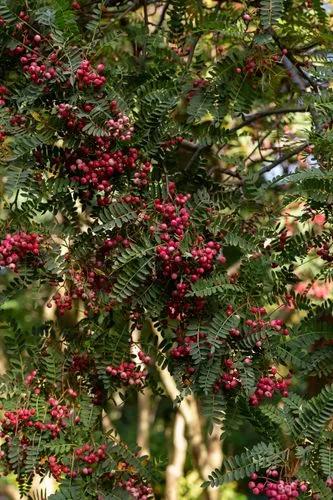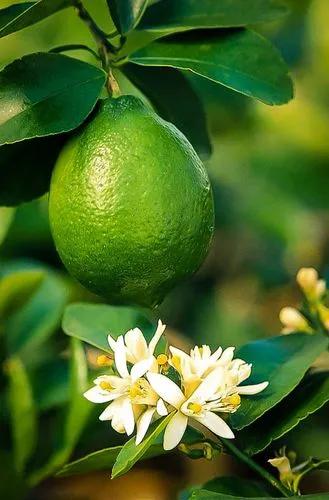Cedar wood is a monoecious, deciduous, medium-sized to large tree usually growing 30 -40 metres tall, exceptionally to 50 metres. The straight, cylindrical bole can be 60 - 120cm in diameter and unbranched for 15 - 24 metres. It has buttresses that can extend 120 - 360cm up the tree. One of the world's most important timbers, it has been widely overexploited in the wild and is now frequently cultivated as a plantation tree for its valuable timber, especially in the Americas and Africa. It is sometimes planted as an ornamental along roads and in parks.
Spanish Cedar Care
Cedrela Odorata



Cedrela odorata is a commercially important species of tree in the chinaberry family, Meliaceae, commonly known as Spanish cedar or Cuban cedar or cedro in Spanish. Cedro is a tree of the New World tropics, appearing in forests of moist and seasonally dry subtropical or tropical life zones (24) from latitude 26°N on the Pacific coast of Mexico, throughout Central America and the Caribbean, to the lowlands and foothills of most of South America up to 1,200 metres (3,900 ft) altitude, finding its southern limit at about latitude 28°S in Argentina. It has become a troublesome invasive species in the Galapagos Islands. Cedro is always found naturally on well-drained soils, often but not exclusively on limestone; it tolerates a long dry season but does not flourish in areas of rainfall greater than about 3,000 millimetres (120 in) or on sites with heavy or waterlogged soils. Individual trees are generally scattered in mixed semi-evergreen or semi-deciduous forests dominated by other species. Mahogany, a close relative, is often found with cedro and both suffer damage from the same pest, the mahogany shootborer (Hypsipyla grandella). Cedrela odorata is the most commercially important and widely distributed species in the genus Cedrela. Known as Spanish cedar in English commerce, the aromatic wood is in high demand in the American tropics because it is naturally termite- and rot-resistant. An attractive, moderately lightweight wood (specific gravity 0.4), its primary use is in household articles used to store clothing. Cedro heartwood contains an aromatic and insect-repelling resin that is the source of its popular name, Spanish-cedar (it resembles the aroma of the unrelated true cedars (Cedrus spp.) Cedro works easily and makes excellent plywood and veneer and would be more widely used if it could be successfully plantation grown. This plant is often used for honey production (beekeeping) and humidor construction. It is occasionally used for tops or veneers on some kinds of electric guitars. The wood is the traditional choice for making the neck of flamenco and classical guitars.
How to Care for the Plant

Popularity

94 people already have this plant 12 people have added this plant to their wishlists
Discover more plants with the list below
Popular articles






